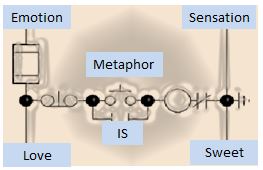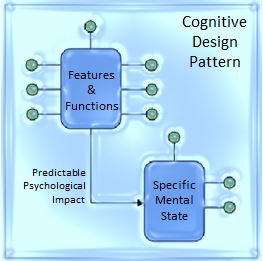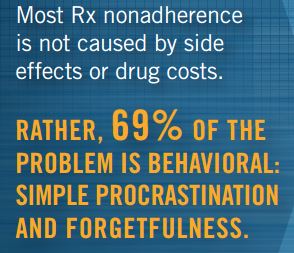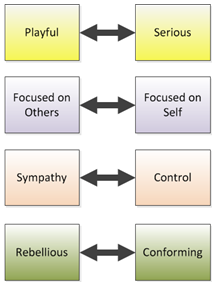Netflix: How Do You Think About Movies?
Tuesday, May 20th, 2014We watch a lot of movies. Collecting data on the movies we watch and how we react to them might provide some insights into preferences, mental models and psychological needs that are useful for cognitive designers.
 So I am always on the look out for new studies on the psychology of films. For example, early this year, The Atlantic Magazine published an interesting article on How Netflix Reverse Engineers Hollywood. Through a combination of journalism and text mining the author claims to have discovered that Netflix uses nearly 77,000 genres to drive its recommendation engine. These place movies into extremely specific categories that represent a narrow but useful viewer psychographic. Some examples: Evil kid horror movies , visually striking nostalgic foreign dramas and gritty suspenseful revenge westerns. They also include a list of Netflix’s favorite movie subjects that include, at the very top of the list, movies about marriage and royalty.
So I am always on the look out for new studies on the psychology of films. For example, early this year, The Atlantic Magazine published an interesting article on How Netflix Reverse Engineers Hollywood. Through a combination of journalism and text mining the author claims to have discovered that Netflix uses nearly 77,000 genres to drive its recommendation engine. These place movies into extremely specific categories that represent a narrow but useful viewer psychographic. Some examples: Evil kid horror movies , visually striking nostalgic foreign dramas and gritty suspenseful revenge westerns. They also include a list of Netflix’s favorite movie subjects that include, at the very top of the list, movies about marriage and royalty.
Tagging (categorizing) all of these movies is a big investment for Netflix. They use a combination of human and machine intelligence to do the work. The article states:
“Using large teams of people specially trained to watch movies, Netflix deconstructed Hollywood. They paid people to watch films and tag them with all kinds of metadata. This process is so sophisticated and precise that taggers receive a 36-page training document that teaches them how to rate movies on their sexually suggestive content, goriness, romance levels, and even narrative elements like plot conclusiveness.”
This made me wonder if this would in fact be a great learning exercise for students of film. They could do the tagging work as a way to learn about films and at the same time generate a lot of commercially useful meta-data. I explore how this might work in general in my post on learning labor.










